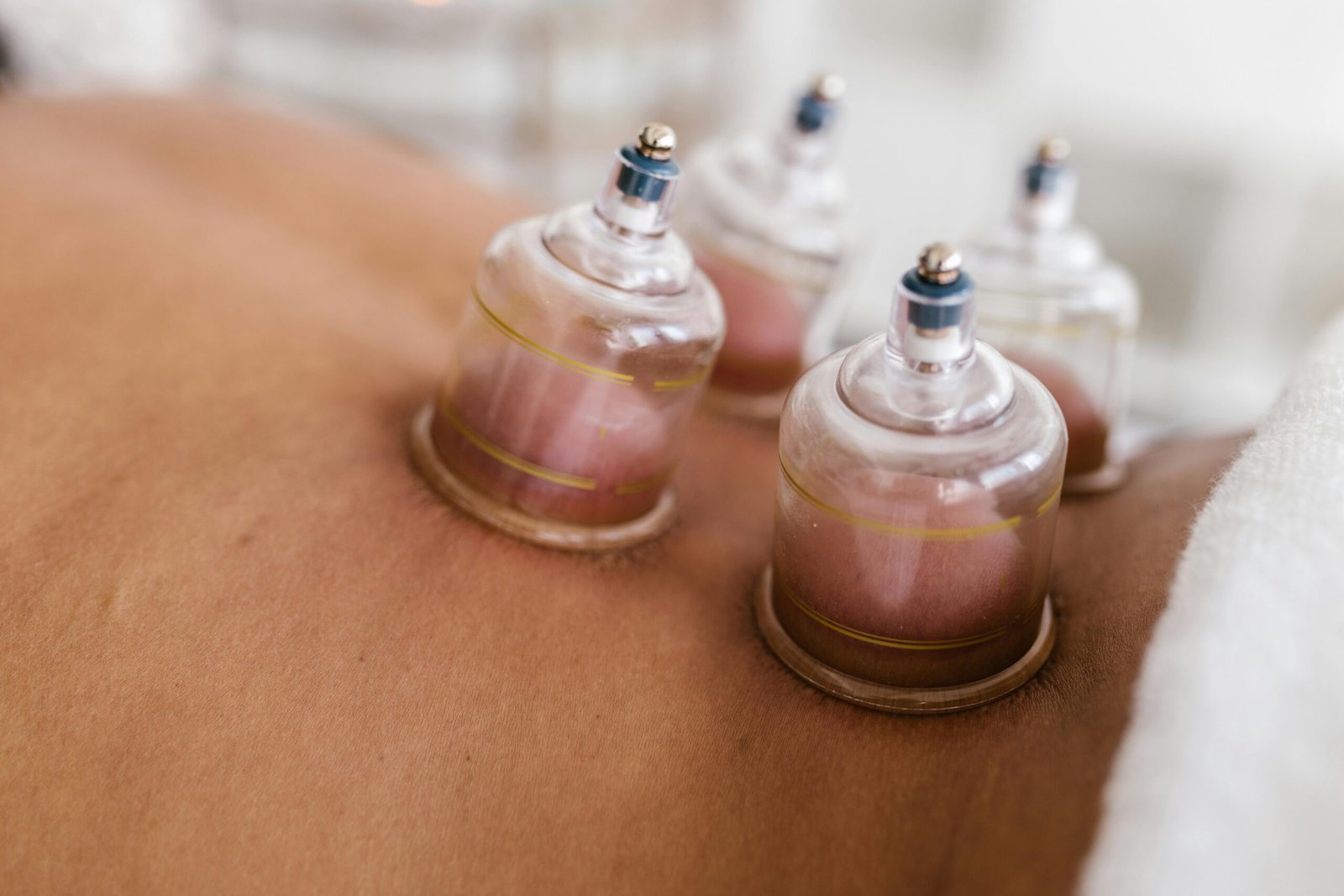A guide to know the sunnah way of Hijama (Cupping Therapy)
The Sunnah way of Hijama, also known as cupping, is a therapeutic practice that involves creating suction on the skin to promote blood flow and remove toxins. It is rooted in Islamic tradition and has been practiced for centuries.
Hijama Center in Karachi
There are numerous hijama centers in Karachi that offer authentic Sunnah hijama treatments. These centers are staffed by trained practitioners who adhere to the guidelines of the Sunnah.
Dry Cupping vs. Wet Cupping
Hijama can be performed in two ways: dry cupping and wet cupping.
- Dry Cupping: In dry cupping, glass cups are placed on the skin and heated to create suction. This helps to improve blood circulation and relieve pain.
- Wet Cupping: Wet cupping involves making small incisions in the skin before applying the cups. This allows for the release of toxins and impurities through the blood.
The Sunnah Way of Hijama: A Deeper Dive
Hijama and the Sunnah
The practice of hijama, or cupping, is deeply rooted in Islamic tradition. It is mentioned in several Hadiths, or sayings of the Prophet Muhammad (peace be upon him). These Hadiths provide guidance on the proper method, timing, and benefits of hijama.
One of the most well-known Hadiths regarding hijama is narrated by Abu Sa’id al-Khudri: “The Prophet (peace be upon him) used to have hijama performed on the 17th, 19th, and 21st of the Islamic lunar month.” This Hadith emphasizes the importance of timing hijama on specific days of the lunar cycle.
The Benefits of Hijama
Hijama is believed to have numerous health benefits. It is often used to treat a variety of conditions, including:
- Pain relief: Hijama can help alleviate pain associated with headaches, back pain, arthritis, and other conditions.
- Improved circulation: By increasing blood flow, hijama can promote healing and improve overall health.
- Removal of toxins: Hijama is believed to help remove harmful toxins from the body.
- Boosting the immune system: Regular hijama may help to strengthen the immune system and reduce the risk of illness.
- Mental health benefits: Some studies suggest that hijama may have positive effects on mental health, such as reducing stress and anxiety.
The Sunnah Method of Hijama
The Sunnah method of hijama involves the following steps:
- Intention: The practitioner should perform hijama with the intention of seeking healing and improving their health.
- Timing: Hijama is typically performed on the 17th, 19th, or 21st day of the Islamic lunar month.
- Location: The Sunnah recommends specific areas of the body for hijama, such as the shoulders, back, and buttocks.
- Preparation: The area to be cupped should be cleaned and prepared.
- Cupping: Glass cups are placed on the skin and heated to create suction.
- Incisions (for wet cupping): In wet cupping, small incisions are made in the skin before applying the cups.
- Suction: The cups are left in place for a period of time to allow for blood flow and toxin removal.
Hijama and Modern Medicine
While hijama is a traditional practice, it has also gained attention in modern medicine. Some studies have explored the potential benefits of hijama for various health conditions. For example, research has suggested that hijama may be effective in:
- Treating chronic pain: Hijama has been studied for its potential to alleviate chronic pain, such as back pain, neck pain, and arthritis.
- Improving blood circulation: By increasing blood flow, hijama may help to improve circulation and promote healing.
- Reducing inflammation: Some studies have suggested that hijama may have anti-inflammatory properties, which could be beneficial for conditions such as arthritis and asthma.
- Boosting the immune system: Hijama may help to strengthen the immune system, making it more effective at fighting off infections.
It is important to note that more research is needed to fully understand the mechanisms of action and effectiveness of hijama. However, the growing body of evidence suggests that hijama may have significant health benefits.
Safety and Precautions
Hijama is generally considered a safe practice when performed by a qualified practitioner. However, there are some precautions to consider:
- Skin infections: If you have a skin infection or open wound, hijama should be avoided.
- Blood disorders: Individuals with certain blood disorders, such as hemophilia, may not be suitable candidates for hijama.
- Pregnancy: Hijama is generally not recommended during pregnancy.
- Medication interactions: If you are taking blood thinners or other medications, it is important to consult with your doctor before undergoing hijama.
Choosing a Hijama Practitioner
When choosing a hijama practitioner, it is important to look for someone who has experience and training in the Sunnah method. Ask about the practitioner’s qualifications and experience, and be sure to discuss your individual health concerns.
Conclusion
Hijama is a valuable tool for promoting health and well-being. By following the Sunnah method, individuals can experience the benefits of this ancient practice. It is important to consult with a qualified practitioner and to approach hijama with an open mind and a commitment to healing.






